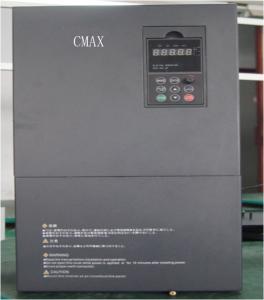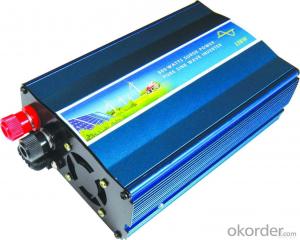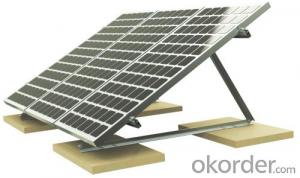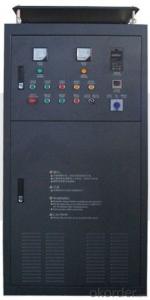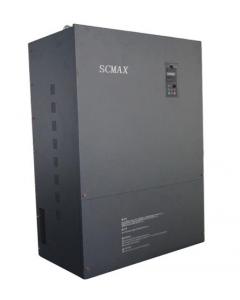Frontier Solar Inverter
Frontier Solar Inverter Related Searches
Solar Frontier Module Falcon Solar Inverter Fusion Solar Inverter Solar Solar Inverter Phoenix Solar Inverter Inverter Solar Solar Farm Inverter Solar Field Inverter Powerland Solar Inverter Solar Energy Inverter Power Solar Inverter Focus Solar Inverter Solar First Inverter Power Inverter Solar Outback Solar Inverter Inverter Solar Farm Portable Solar Inverter Sun Solar Inverter Fuji Solar Inverter High Frequency Solar Inverter Sunshine Solar Inverter Inverter Power Solar Inverter Solar Cell Solar Plant Inverter Solar Smart Inverter Power Factor Solar Inverter Microtek Solar Inverter Solar Converter Inverter Flin Energy Solar Inverter Home Solar InverterFrontier Solar Inverter Supplier & Manufacturer from China
Frontier Solar Inverter is a high-quality product designed to optimize the performance of solar energy systems. It plays a crucial role in converting the energy generated by solar panels into usable electricity for residential, commercial, and industrial applications. These inverters are engineered to deliver maximum efficiency and reliability, ensuring that solar power systems operate at peak performance. They are essential components in harnessing the power of the sun and making it accessible for various purposes.The Frontier Solar Inverter is widely used in a variety of settings, from small-scale residential setups to large-scale commercial and utility-scale solar power plants. They are particularly useful in areas with limited access to traditional power sources, providing a clean and sustainable alternative for electricity generation. These inverters are also gaining popularity in off-grid applications, such as remote cabins and emergency backup systems, where they help to maintain a steady power supply. Their versatility and efficiency make them an attractive choice for those looking to invest in renewable energy solutions.
Okorder.com is a leading wholesale supplier of Frontier Solar Inverters, offering a vast inventory of these essential components for solar power systems. As a reputable online platform, Okorder.com ensures that customers have access to top-quality products at competitive prices. With a commitment to customer satisfaction, Okorder.com provides comprehensive support and assistance to help customers select the right Frontier Solar Inverter for their specific needs. By partnering with Okorder.com, customers can be confident that they are receiving a reliable and efficient product that will enhance the performance of their solar energy systems.
Hot Products





